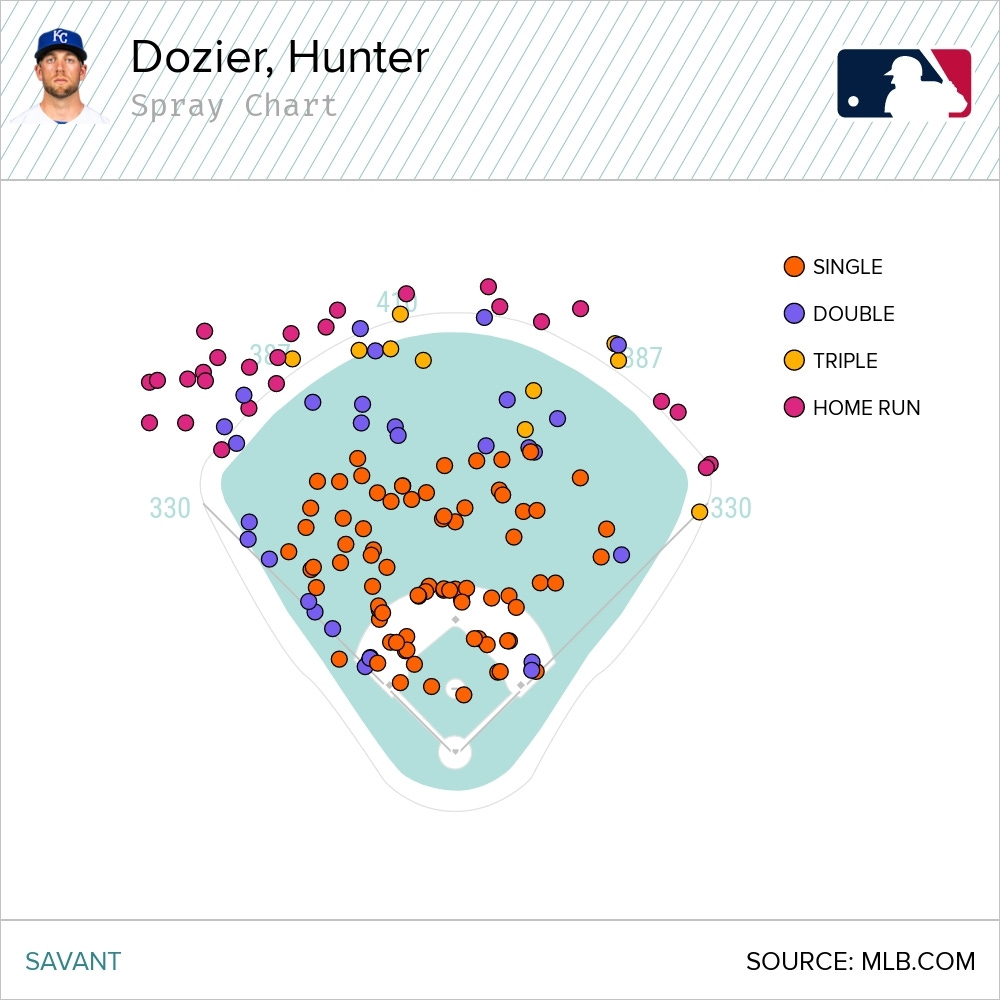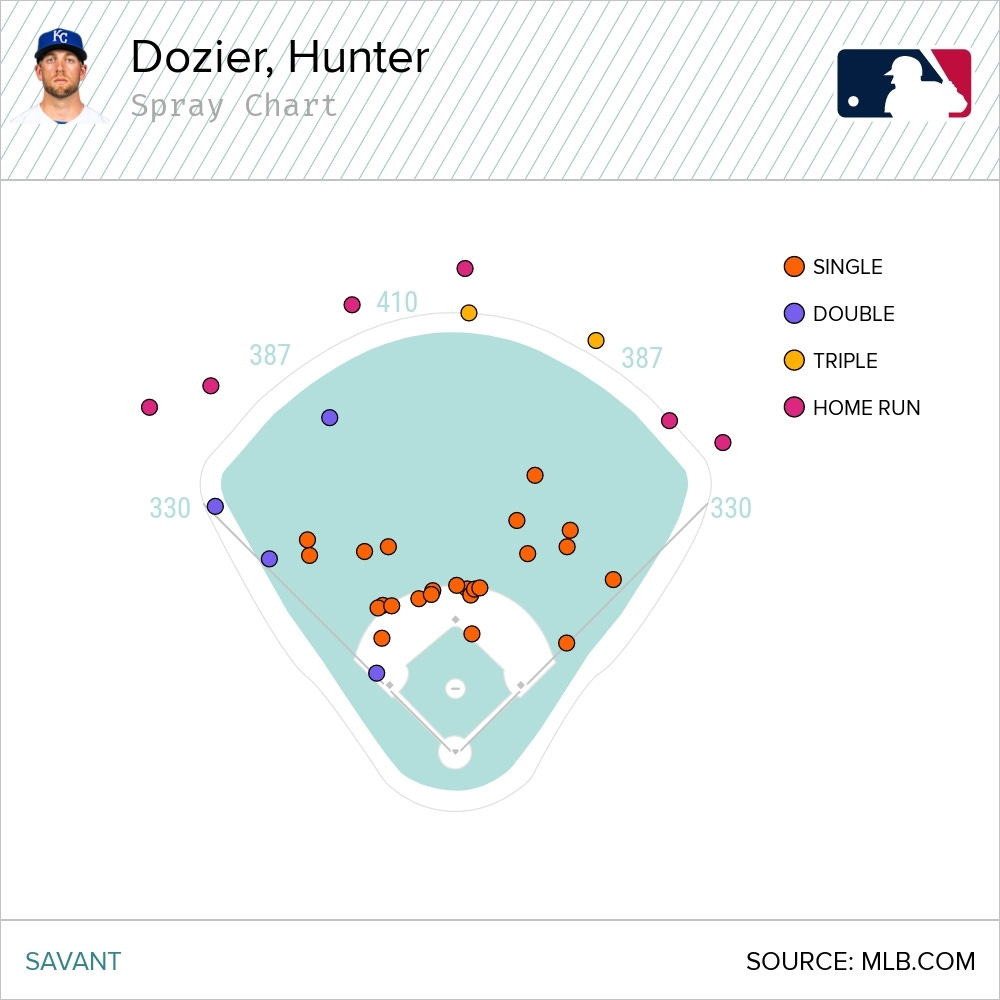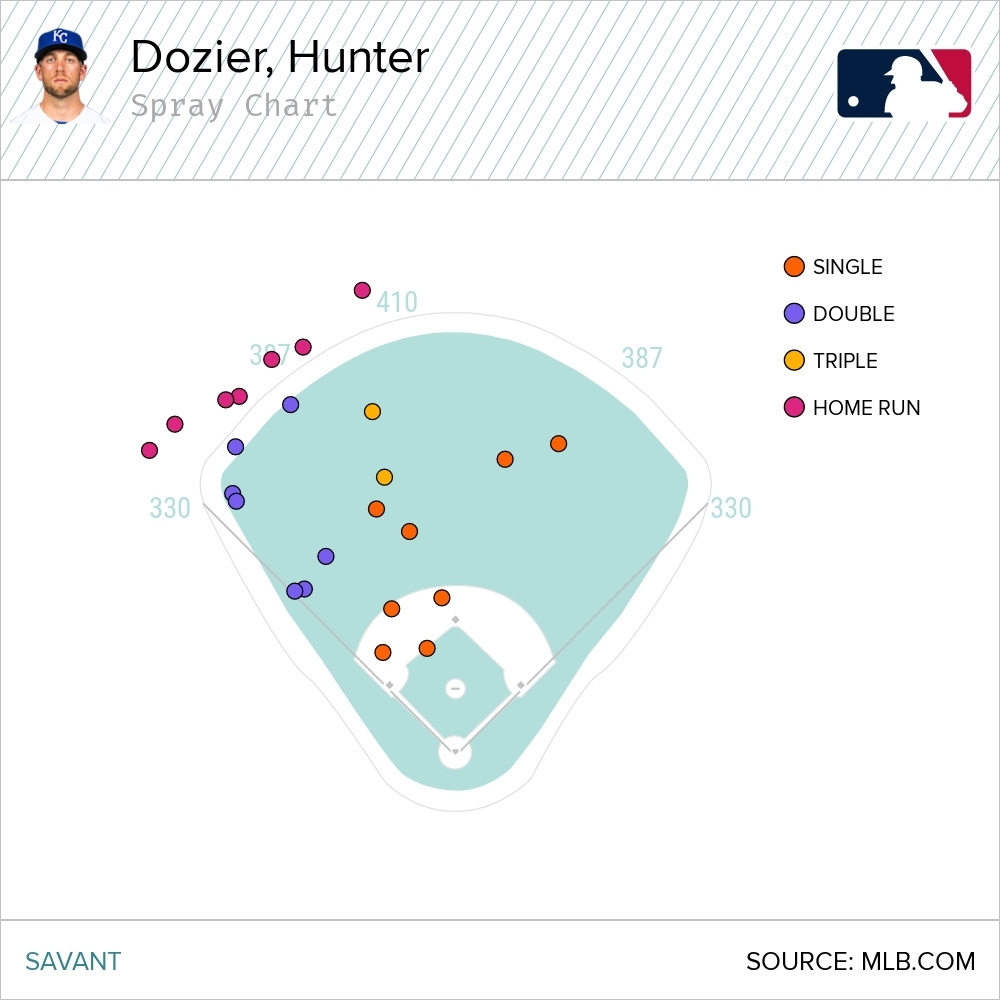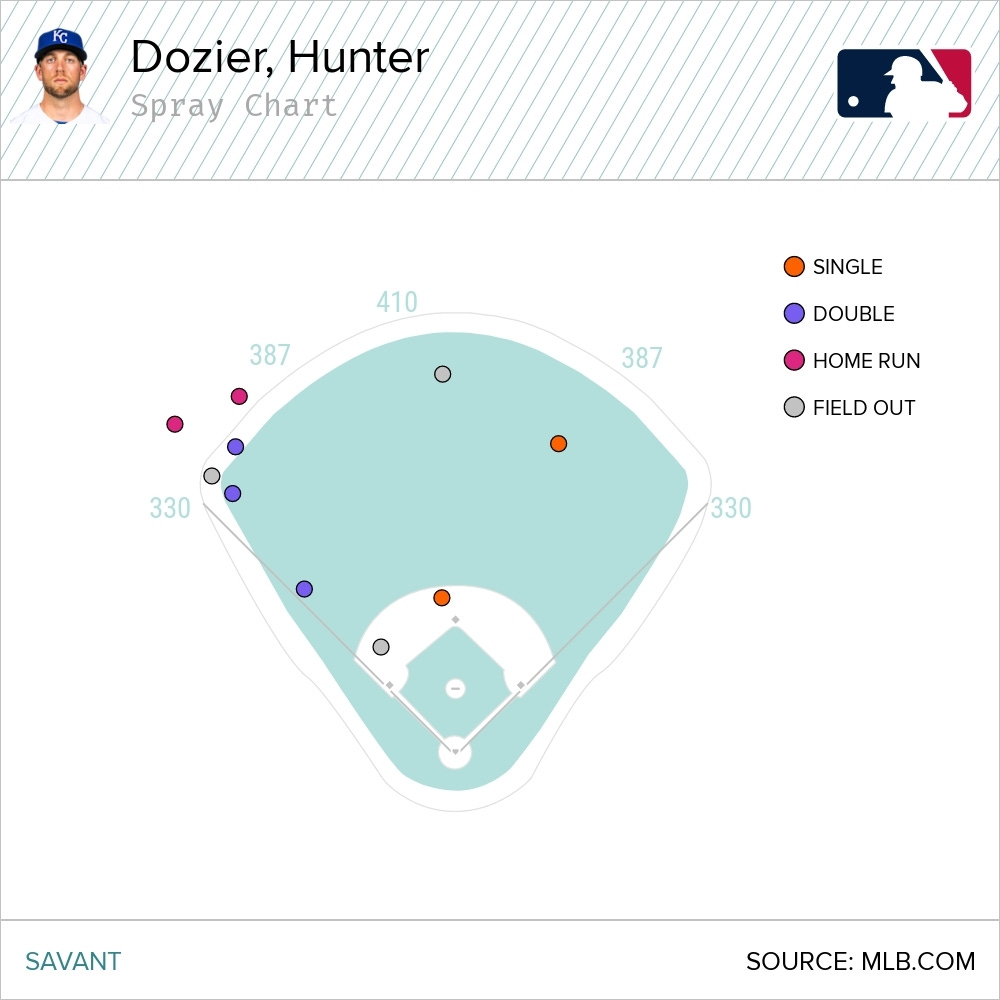The Royals are going streaking! Again!
And not in a good way. In today's issue, Jorge Soler losing his glove is a positive for the Royals defense, Scott Barlow's wipeout slider is paying dividends & Hunter Dozier is showing signs of life.
My writing friend Colby Wilson will be dropping by on a weekly basis to dispense three takes to your inbox. I’m thrilled he’s agreed to contribute.
He leads things off today and the usual nonsense from me follows his wisdom. Enjoy!
A hot take isn’t contrarian nonsense, or at least it doesn’t have to be. There’s a certain art to it, especially if you spend a lot of your intellectual capital thinking about the subject at hand and aren’t just hollering nonsense about a potential third-generation starting NFL quarterback like a certain entity irresponsibly did the other day. A hot take must be cultivated and thought-out; a hot take that someone dreamt up at a moment’s notice is a half-baked kick at best.
I will be dropping the takeage into your inbox every Thursday for as long as Craig will let me (probably for a good three weeks) about the Royals, a team—hovering at .500, with talented and unproven players at all levels of the system—rife for talking about without reaching a consensus or even a firm understanding, because these Royals can turn your narrative on its head at a moments notice.
Take 1: Jorge doesn’t need a glove
Jorge Soler is not Jose Canseco-levels of bad in the outfield—he can generally be trusted to make the right baseball play when it’s in front of him. He can obviously play the position if the situation calls for it.
But the situation—with Hunter Dozier needing at-bats and Whit Merrifield needing at-bats and Nicky Lopez needing at-bats and Adalberto Mondesi requiring a home in the field for the four games a month his body allows him to play—means there are plenty of situations to put Dozier or Whit in the outfield and shift Soler to his most comfortable spot in the lineup—professional hitterman.
Dozier can be an adventure out in right too, but Soler ranks among the bottom-10 in outfield Defensive Runs Saved according to Fielding Bible at minus-five, where Dozier is a perfectly serviceable minus-two. By Fangraphs’ UZR, Dozier is actually a plus-defender, rating above-average in arm and range. Soler has a woeful minus-3.1 UZR, ahead of only Josh Naylor’s, and is a negative with both range and arm.
And look, the other opportunities at third base for the Royals are Hanser Alberto and Kelvin Gutierrez, both negative defenders in their own right. But there are bright spots to both—Gutierrez has a cannon for an arm and Alberto far outstrips Dozier on range—to basically call it a wash defensively for whoever is playing there on a given day. Soler is a bad outfielder by every possible metric we have. The third basemen are merely slightly below mediocre. And lest you think Dozier is some Gold Glove candidate at the hot corner, he’s one spot ahead of Alberto and two ahead of Gutierrez in UZR, and a minus-six in DRS—with fewer innings (190 to 321) than the combined talents of Alberto and Gutierrez (combined minus-one).
The good news—Soler hasn’t been in right since June 3. Let’s keep it that way.
Take 2: Scott Barlow is the Royals’ best reliever
I thought Scott Barlow was hot butt.
In 2019, his four-seamer had life but also was hit hard nearly 50 percent of the time. He used a sinker that didn’t and even if he used it sparingly, it induced neither whiffs nor flares and it got hit hard nearly two-thirds of the time he threw it. He also walked nearly 12 percent of batters gave up nearly a hit an inning, which is how you get a WHIP near 1.50. The 92 strikeouts were nice though, but often came after he’d put two men aboard.
2020 saw the walks go down, but the ERA and xERA were nearly identical, which isn’t what you want when both are over 4.00. The four-seamer was hit hard, early and often, and the expected numbers were even worse than his actual results. A hard-hit percentage of 71.4 percent against that fastball is kind of hard to do!
2021 has been much more fun, so far. He’s all but abandoned the sinker (according to Savant, he’s used it four times since 2019). The four-seamer, with added velocity up to almost 96 on average, is very obviously his secondary offering. It’s the slider, stupid.
That slider has been worth minus-six runs for the offense according to StatCast, a number that puts it on par with the sliders of Jacob deGrom, Trevor Bauer and Marcus Stroman. But where that trio and many others use it as a complementary offering, Barlow is using the slider 45.1 percent of the time. The results? A .269 wOBA, .270 xwOBA and whiffs on 41.7 percent of the offerings. Even if you’re looking for it, sitting on it, best of luck against the Barlow Bender.
Take 3: Dozier is figuring it out
I think we spent a little too much time lamenting Hunter Dozier’s defense in the first take, so let’s close by talking about his offense, which has come around in the last few weeks.
Sort of.
Since he returned from the injured list after the mid-May collision with Jose Abreu, Dozier has raised his batting average 20 points… to a whopping .159. Much of that bounce came in a 3-for-4, two-double outing in the series opener against the Angels, which should probably not have been able to give his average a 16-point boost in one night but there we are. Battling back from an 0-for-18 start to the season puts one behind the proverbial eight-ball.
Looking deeper, it’s not just his average that’s going up; his OPS has risen 60 points (to a still-bad .601), and both his OBP and SLG% are up more than 25 points, indicating it’s not a case of just getting more walks or getting a couple of extra-base hits.
He still hits the ball hard—when he hits it. He’s in the upper-quarter of MLB players in both barrels and hard-hit rate—and even that is slightly off his career rate, given that he has 13 barrels through two-plus months of 2021 but had nine in both July and August 2019 and 10 that April, indicating the swing is still coming back around. The whiff rate has been concerning—31.5 percent is a lot even by the three-true outcomes game of 2021—and he has not been quite as keen to use all fields as he was in the abbreviated 2020 and his breakout 2019.
One of these things is very much not like the other.
2019…
2020…
2021…
The ship is beginning to right on spray. Over the first month-plus of 2021, Dozier had precisely zero hits on balls up the middle or the other way. Here’s another chart proving it. Charts are fun.
Two nights ago, he singled to right. About 10 days ago he singled back through the box on Randy Dobnak. It’s not much, but it’s two more non-dead pull hits than he had all season, and a step back to form for a guy who had so much success using all fields earlier in his career.
—Colby Wilson
Keller’s struggle with the slider
The Royals dropped their fifth in a row, getting swept out of Anaheim by a score of 6-1. Remember what I wrote in yesterday’s edition about this season being a rollercoaster?

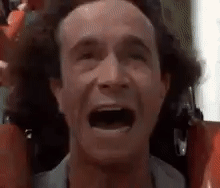
Apologies for the Pauly Shore gif in your inbox. But damn, aren’t these Royals a streaky bunch?
Starter Brad Keller survived the first inning on six pitches. A nice change of pace from the previous two nights, but that was technically the only time he retired the side in order the entire evening. With the offense flatlining once again, when the Angels plated two runs on an Anthony Rendon double in the bottom of the third, this one felt like it was cooked.
In Keller’s first three seasons, spanning 2018 to 2020, he averaged a strikeout rate of 6.3 SO/9. When assessing his opportunity for long-term success, I’ve kind of focused on that number. The inability to consistently miss bats is not an ideal trait for a starting pitcher.
This year, his strikeout rate has bumped to a more impressive 8.1 SO/9. He’s not necessarily missing more bats though.
As Keller has bumped his velocity across the board for all pitches, the four-seamer has generated the largest increase for his swing and miss. It drove his whiff rate again in Wednesday’s outing.
However, the takeaway for me was the complete lack of whiffs on his slider. While his overall slider whiff rate has declined in each of the last two years, it’s still his swing and miss pitch. When he’s not fooling hitters, he’s going to have a long night. It contributed to an extremely subpar 10 percent CSW% as seen above.
Here are the sliders that weren’t put in play against Keller on Wednesday.
Yes, the strike zone was garbage and Keller would’ve undoubtedly benefitted from some correct calls on the slider low in the zone. But when he was missing, like Jackson Kowar in his debut earlier in the week, he was really missing. There’s not a lot on the fringes of the zone that could entice swings. Somehow, Angel batters were able to foul off a handful down. Plus, when Keller has the slider working, he’s not leaving any up in the zone like he did on Wednesday. Still, I can’t get over the fact he didn’t miss a single bat with his slider all night.
A bad slider night exposed his fastball offerings. The Angels did their damage in the sixth on an array of sinkers and four-seamers.
At least he was able to pitch a clean first!
Central issues
Mariners 9, Tigers 6 — 11 innings
The Tigers were this close to walking off this game in the bottom of the ninth. Instead, it was a home-run robbery turned into a double play that pushed the game to extras. The game was tied at three at that point. Yeah, this extra-inning runner on second rule is really working to shorten ballgames. Defensive Mariner hero Jake Fraley drove in the go-ahead run in the eleventh.
Blue Jays 6, White Sox 2
The Jays were trailing 2-1 in the top of the eighth, the bases were loaded and Vladdy Jr. was up at the dish. He drew a walk to tie the game and a fielder’s choice coupled with an error from shortstop Tim Anderson handed Toronto the lead.
Lance Lynn went seven innings with nine strikeouts before everything went sideways.
Yankees 9, Twins 6
Death, taxes and the Yankees winning a series against the Twins. Aaron Judge hit a homer and Giancarlo Stanton doubled and homered twice. Ho-hum.
Cleveland 2, Cardinals 8
The Cardinals jumped out to an early lead, plating four in the first and two in the third to end a six-game losing streak. Jean Carlos Mejía couldn’t get out of the first for Cleveland, allowing three hits while walking a pair.
Every team in the Central lost on Wednesday.
Up next
The Royals travel up the coast for four with the A’s.
Thursday — Mike Minor vs Frankie Montas
Friday — Brady Singer vs Cole Irvin
Saturday — Jackson Kowar vs James Kaprielian
Sunday — Kris Bubic vs Chris Bassitt
For those of you without Bally Sports on their cable or streaming package, tonight’s game can be seen on MLB Network. First pitch is scheduled for 8:40 CDT.






